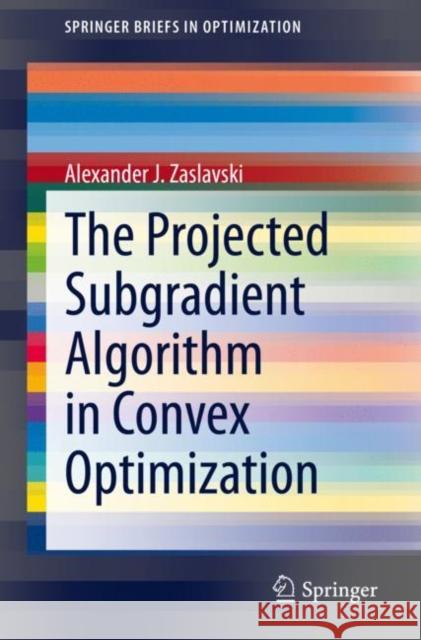The Projected Subgradient Algorithm in Convex Optimization » książka
topmenu
The Projected Subgradient Algorithm in Convex Optimization
ISBN-13: 9783030602994 / Angielski / Miękka / 2020 / 146 str.
Kategorie:
Kategorie BISAC:
Wydawca:
Springer
Seria wydawnicza:
Język:
Angielski
ISBN-13:
9783030602994
Rok wydania:
2020
Wydanie:
2020
Numer serii:
000459570
Ilość stron:
146
Waga:
0.23 kg
Wymiary:
23.39 x 15.6 x 0.84
Oprawa:
Miękka
Wolumenów:
01
Dodatkowe informacje:
Wydanie ilustrowane











